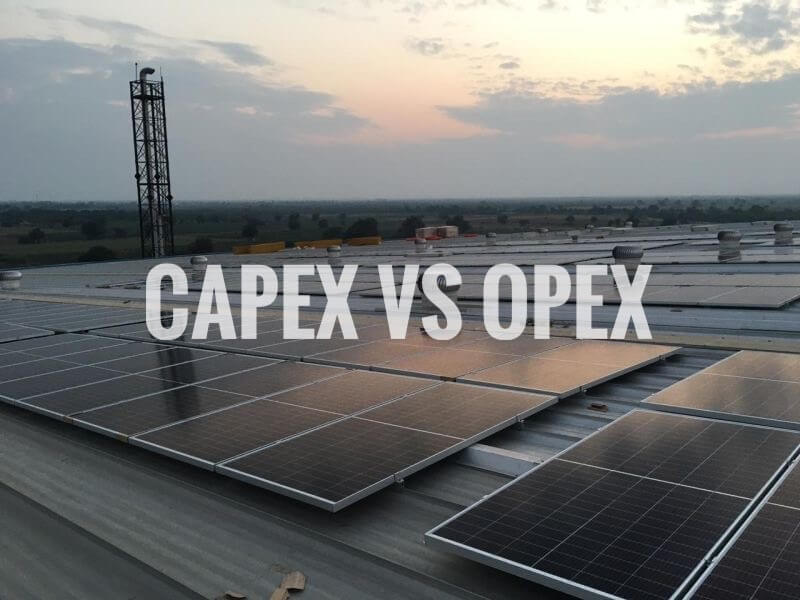
Fostering a Culture of Respect: Building a Strong Foundation for Success
In today’s diverse and interconnected workplace, fostering a culture of respect is not just a moral imperative; it’s a strategic necessity. Respect in the workplace is the cornerstone of a healthy organizational environment, however, recently certain videos which surfaced on social media, laid bare instances of disrespect for employees and led to serious discussions on Workplace Respect. Social media, with its power to amplify voices and expose workplace realities, should be the reason enough for companies to foster a productive workplace culture that ultimately benefits both, the organization and its workforce. The responsibility to cultivate a work environment where employees feel valued, appreciated, and heard, lies mainly with HR Professionals. They should lay strong emphasis on the significance of respect in the workplace and provide actionable strategies for leaders to nurture and sustain a culture of respect.
The Importance of Respect
Respect is a multi-faceted concept that encompasses valuing each individual’s unique qualities, opinions, and contributions. It is the foundation upon which trust, collaboration, and a positive work environment are built. Here are some compelling reasons why respect is crucial:
- Employee Engagement: When employees feel respected, they are more likely to be engaged and committed to their work. They feel that their contributions are valued and that they are an integral part of the organization.
- Retention: A respectful workplace can significantly impact employee retention. When employees feel valued, they are more likely to stay with the organization and invest in their long-term growth.
- Productivity and Creativity: Respect fosters a safe and open environment where employees are comfortable sharing their ideas and taking calculated risks. This, in turn, leads to increased creativity and innovation.
- Well-being: Respectful workplaces promote employee well-being, reducing stress and conflict. This has a positive impact on physical and mental health, leading to higher overall satisfaction.
Fostering a Culture of Respect
HR professionals and leaders can nurture a culture of respect in their organizations by implementing the following practices:
- Lead by Example: Leadership sets the tone for the entire organization. Leaders must consistently model respectful behavior, such as active listening, open communication, and fairness. When employees see their leaders practicing respect, they are more likely to follow suit.
- Establish Clear Policies and Values: Clearly defined policies and values related to respect should be established and communicated throughout the organization.
- Training and Education: Implement regular training sessions on topics like diversity, inclusion, communication, and conflict resolution. Training should be ongoing and tailored to the specific needs of your organization.
- Encourage Feedback: Create mechanisms for employees to provide feedback and raise concerns. Actively listen to their feedback and take necessary actions to address issues promptly.
- Recognition and Rewards: Acknowledge and reward Leaders/employees who consistently demonstrate respectful behavior. This reinforces the importance of respect and incentivizes employees to uphold these values.
- Zero Tolerance for Bullying and Harassment: Make it abundantly clear that bullying and harassment will not be tolerated. Ensure that a robust reporting and investigation process is in place for addressing complaints.
Conclusion
Fostering a culture of respect is not an overnight achievement, but a continuous journey that requires dedication and commitment from every member of the organization. It’s a journey worth embarking upon, as it leads to a more harmonious, productive, and successful workplace. Insolare Energy Pvt Ltd has always taken this commitment seriously. By making respect a core value, engaging in regular close-room interactions with employees, and investing in respect-focused training, it is ensured that employees are treated with dignity and consideration. IEPL has cultivated a workplace where respect is not just a buzzword but a way of life.
Remember, respect is the bedrock of a thriving and resilient workplace.



